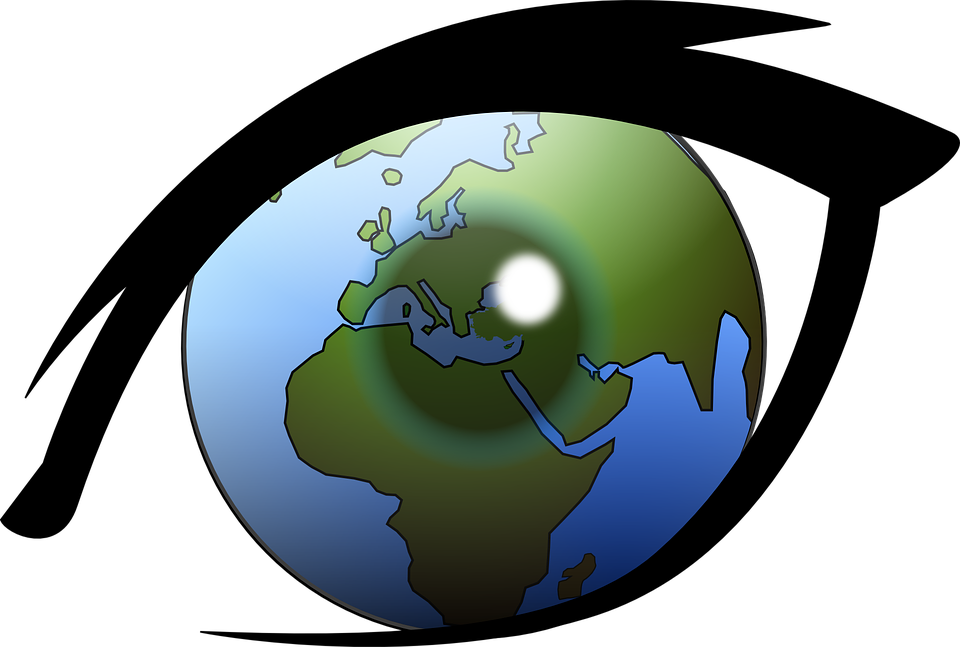Comment faire... - Monday 25 February 2019
Assess your impact in the academic world: article citations

Reseachers are very meticulous as plagiarism is a key issue: as soon as they use an article (or a book, a congress intervention, etc.) in their research, they quote it.
This means that they put it in their article bibliography, which lists all the documents they used to write their paper.
Indeed, an article provoking interest, setting off reactions and proven useful to other researchers will be cited in articles.
Years after years, quotations have become an emblematic sign of academic success and recognition. To have your own work cited many times shows how frequently it has been used by others. It demonstrates that your work is important in the scientific world.
Numbers are even more reliable when they are consolidated in indicators. In the 1960s, the idea of calculating academic journal citation rates appeared. ISI (Institute for Scientific Information now known as Thomson Reuters) started to publish every year the average number of article citations during the past two years for each famous academic journal. Choosing a time period of two years makes it more representative as it leaves some time to researchers to get to know the articles and cite them. ISI named this new indicator the “impact factor”.
A very prestigious journal like the New England Journal of Medecine had an impact factor of 55.873 in 2014. It means that on average, articles from this review were quoted more than 55 times in 2012 and 2013.
Most of the impact factors are lower than that. They are aften closer to 1, but it’s important to keep in mind the fact that the number of citations depends on the field. Therefore, the impact factor of a medicine journal and a sociology journal for example shouldn’t be compared.
All the impact factors can be found in the resource Journal Citation Reports (JCR), which is accessible from the Learning Center webstie.
The success of the impact factor has been such that it has become hegemonic. But the development of big academic article databases offered the possibility to create other, more precise indicators.
One of them is the h-index. It is also based on the number of citations and it has the advantage of enabling calculation for any group of articles: the articles of a review of course, but also those of an author, or those of an institution, whereas the impact factor only applies to reviews.
Assuming an author has written 9 articles. The most cited was cited six times, the second most cited four times, and the next four times too. The next three articles were cited twice, etc.
To obtain the h-index, one has to form a graph of the number of citations for each article, from the most cited to the least cited, then count the squares diagonally, like so:

The h-index for this author is the number of squares on the diagonal (ie the number of red squares): 3
The resource Web of Science, Thomson Reuter’s academic article database, offers h-index. Whatever your search is, you’ll find this button at the top of the result list:

It calculates the h-index automatically.
The h-index isn’t the only new indicator for researchers, but it has become a major one in the last few years.



